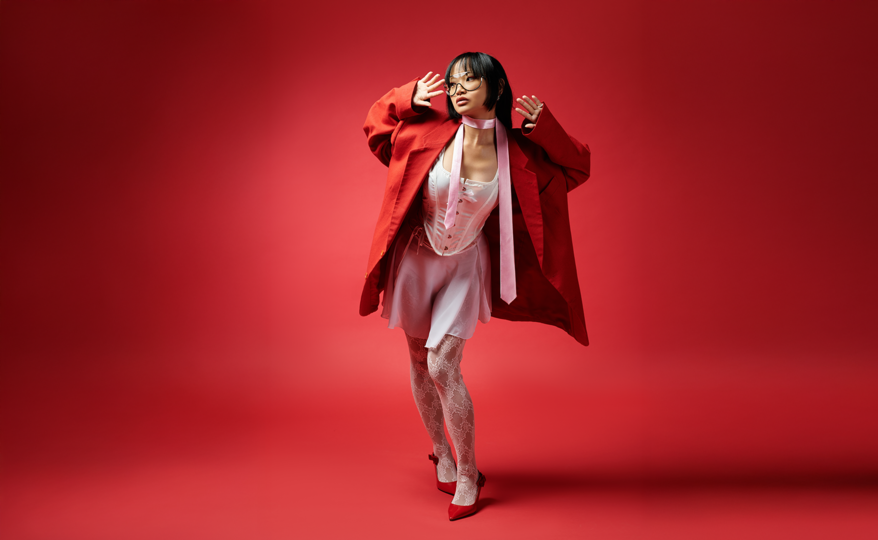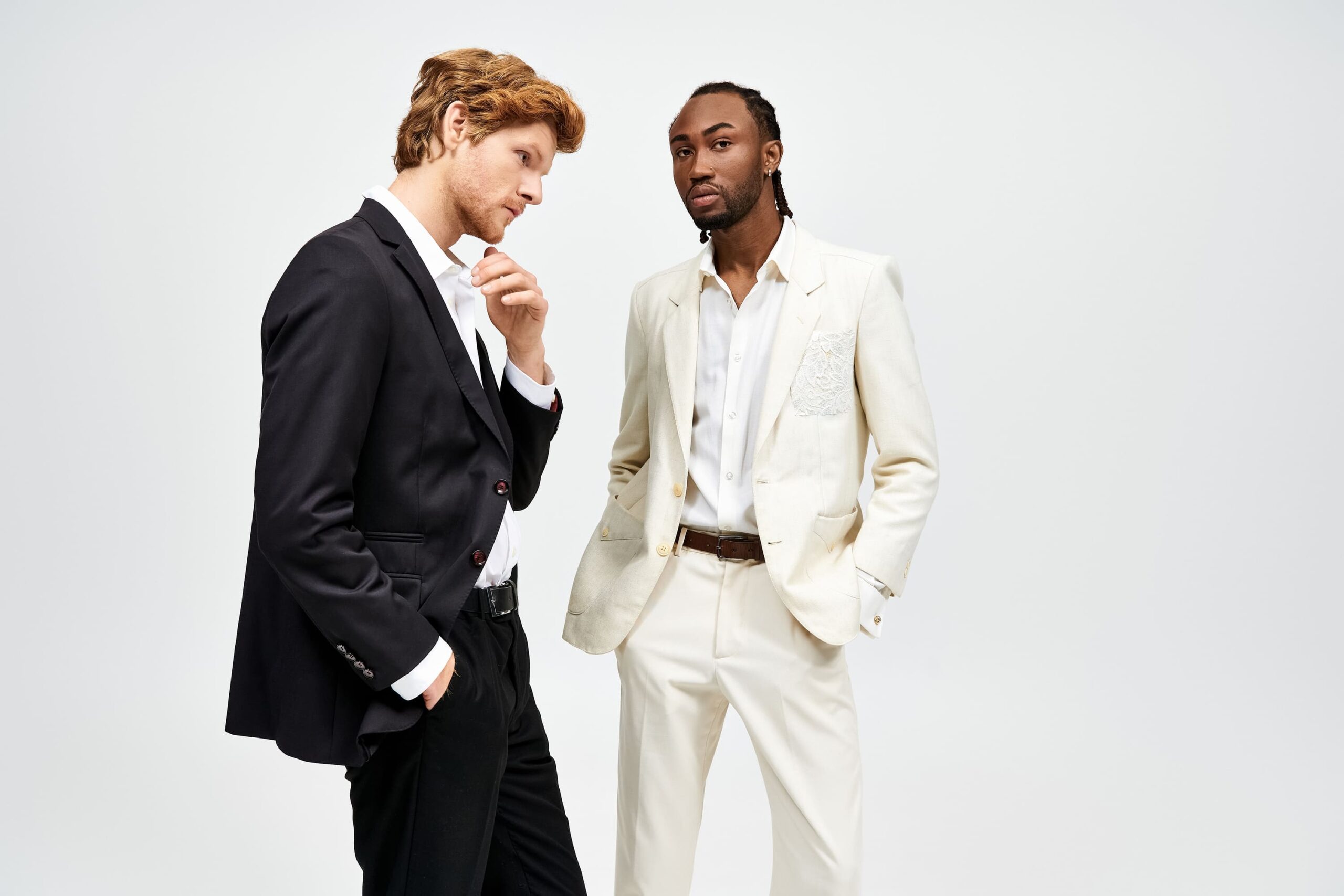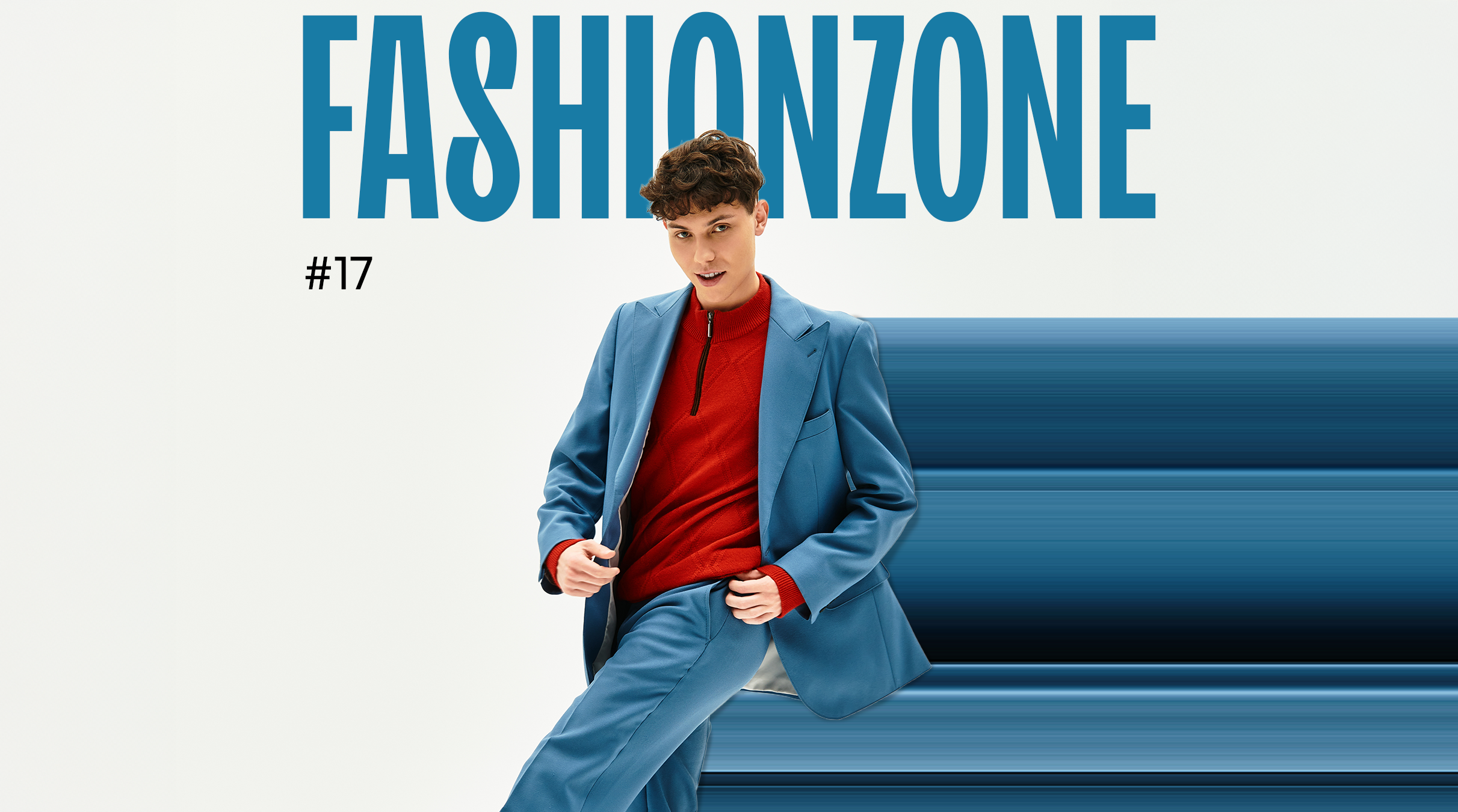Straight to the point
From the runway to your product catalog, the impact of fashion icons is everywhere. These designers created beautiful garments and shaped how people dress. They also influenced how we express ourselves and connect with brands.
Understanding their impact and legacy is a smart business move for anyone in fashion retail. The influence of these icons still drives customer expectations. It shapes trend cycles and even affects the way shoppers navigate online stores.
Let’s take a look at six style pioneers who forever changed the fashion landscape. These fashion style icons continue to inspire what and how we sell today.
Coco Chanel
Coco Chanel redefined what it meant to be stylish in the 20th century.
At a time when women’s clothing was tight and restrictive, not to mention overly ornate, Chanel brought in a breath of fresh air. She introduced clean and simple lines. She championed comfortable fabrics. And she favored timeless silhouettes.
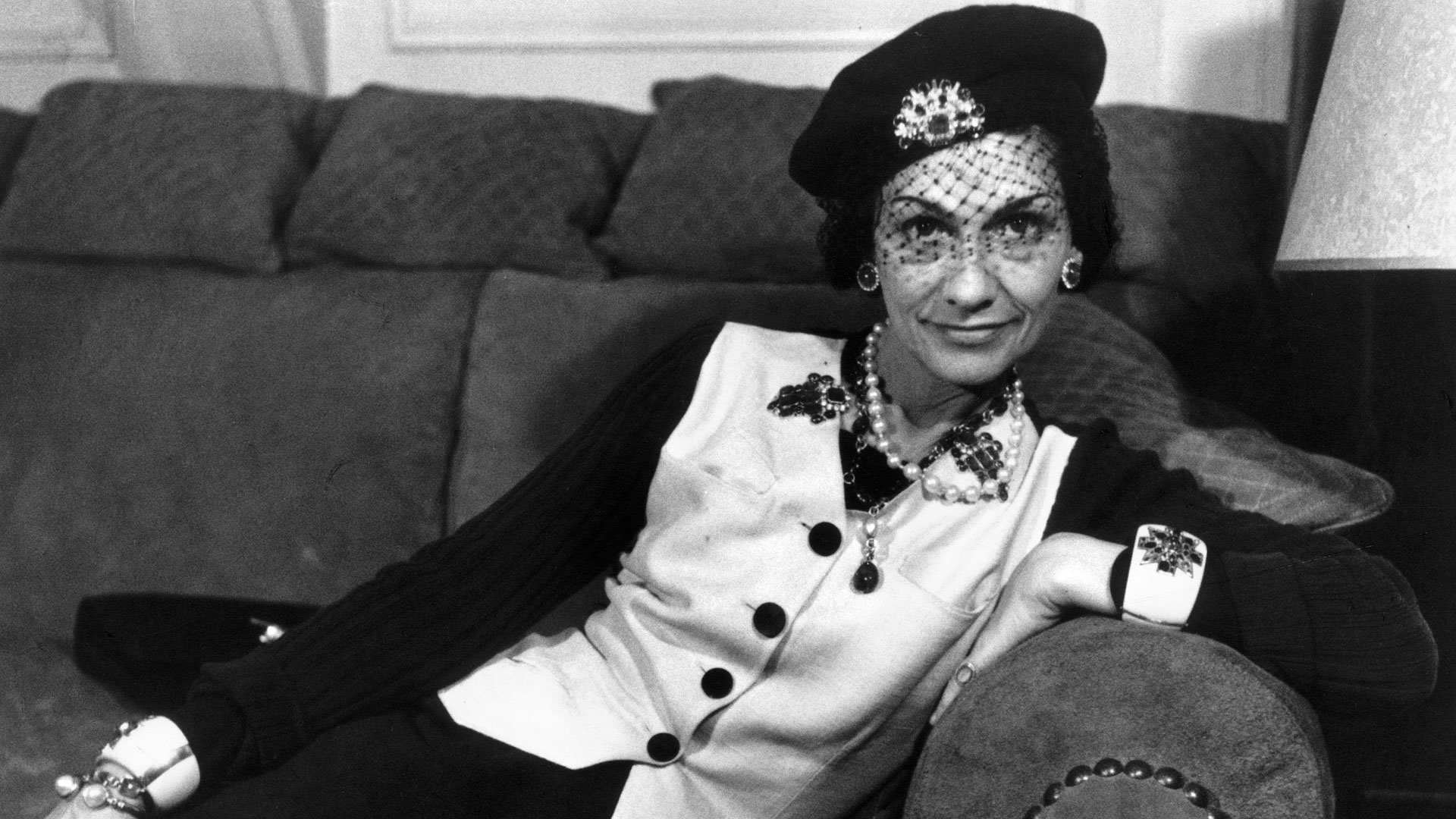
Her signature aesthetic? Think tweed sets. Picture nautical stripes. Add in monochromatic palettes, costume jewelry, and the legendary little black dress. It was elegant but never excessive. Practical yet undeniably chic.
Chanel liberated women from the corset and made luxury feel effortless. She transformed sportswear into everyday fashion. More importantly, she proved that simplicity could be powerful. In the e-commerce world, these ideas live on. We see them in the continued popularity of elevated basics and wardrobe staples that mix form with function.
Her legacy also shows up in branding. The interlocking C’s of Chanel are a masterclass in logo design and brand recognition. They’re instantly recognizable across digital platforms. The lesson being that building a brand is just as important as building a product line.
Cristóbal Balenciaga
Known as “the master of us all” by Christian Dior, Cristóbal Balenciaga approached fashion like an architect. His designs emphasized structure and shape. He used fabric in bold and innovative ways with techniques that still influence high fashion today.
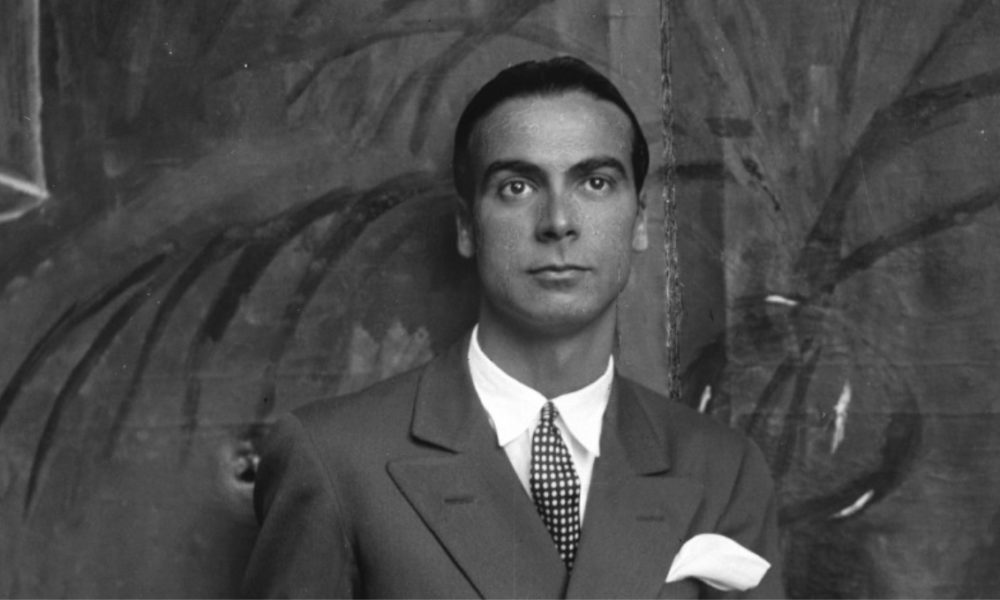
He introduced silhouettes that challenged the norm: the sack dress, the balloon jacket, and the babydoll dress. Each one broke convention. Beyond meticulous, his tailoring was sculptural.
For fashion e-commerce, Balenciaga’s influence is clear in the demand for unique shapes and statement pieces like oversized blazers. exaggerated shoulders, and voluminous coats. These styles translate well in editorial product images and capture attention in fast-scrolling feeds.
Balenciaga’s legacy also reinforces the importance of fit and proportion. Today, shoppers want to know not just what something looks like, but how it will hang on their bodies. Tools like Sizebay’s Size and Fit solutions are essential. They help customers make confident buying decisions, especially for garments that defy conventional form.
Christian Dior
When Dior introduced his first collection in 1947, the world took notice. With nipped-in waists, rounded shoulders, and full skirts, his “New Look” was a striking departure from wartime austerity. He brought drama and femininity back into fashion, along with a healthy dose of luxury.
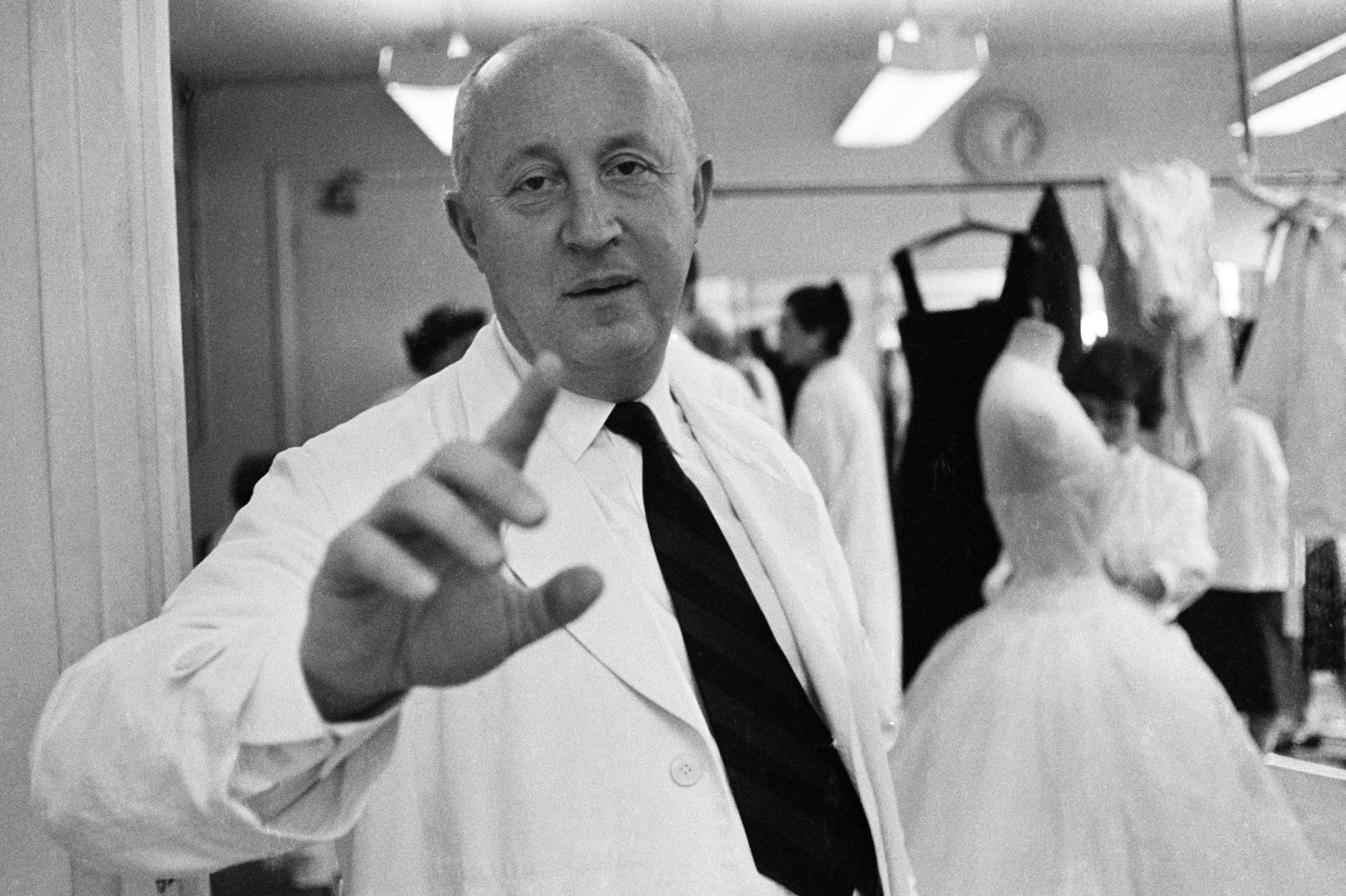
Dior’s designs were unapologetically glamorous. They reignited interest in fashion as a form of escapism. But Dior didn’t stop at design. He reimagined the business of fashion itself. He expanded into perfumes. He added accessories. He pioneered licensing. Together, these moves helped create one of the first truly global luxury brands.
His influence is clear in the rise of full-look styling, curated collections, and capsule wardrobes. These are now commonplace in online retail. Fashion isn’t just about single items anymore, it’s about complete looks. For e-commerce brands, offering styling suggestions or complete-the-look bundles (like with Sizebay’s Fashion Hub suite of solutions) is a proven way to increase average order value.
Dior also understood the power of aspiration. His creations made women feel special. Today, immersive product experiences serve the same role. They help online shoppers connect emotionally with their purchases.
Yves Saint Laurent
Yves Saint Laurent followed in Dior’s footsteps and then proceeded to change the direction of fashion itself. He started as a young creative director at Dior before founding his own maison. In both roles, YSL consistently pushed the envelope.
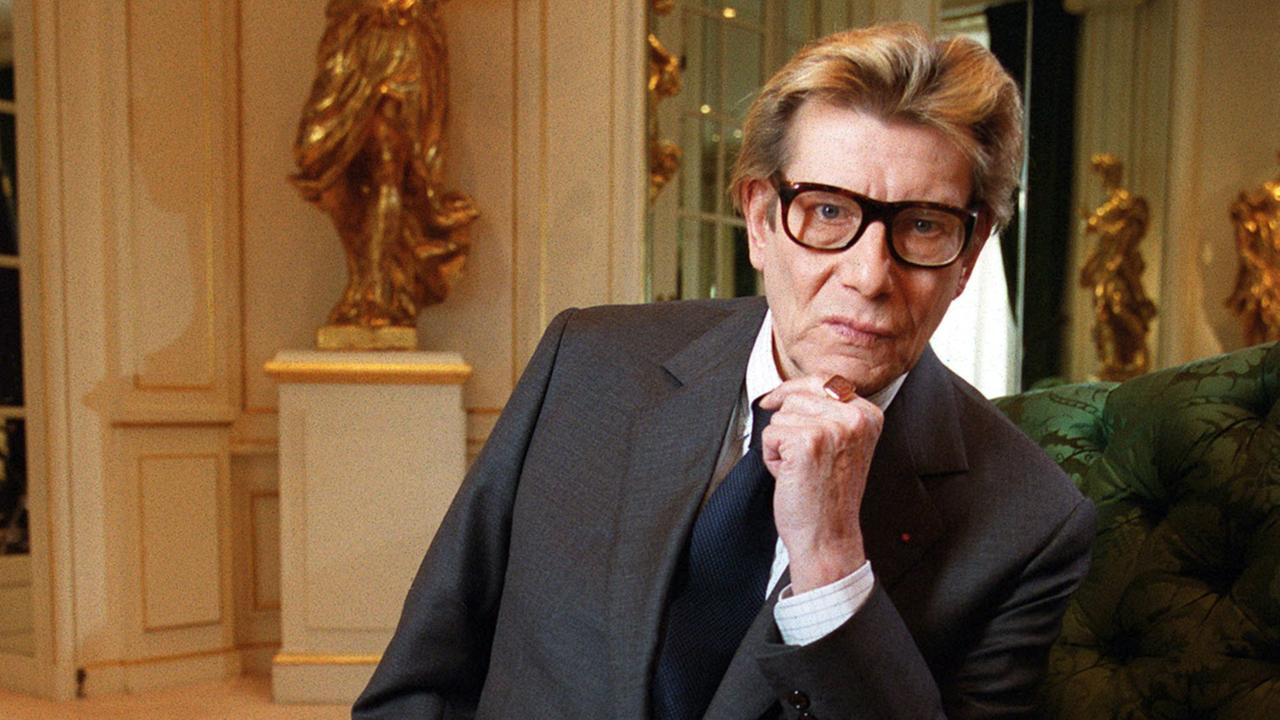
He introduced iconic pieces like the women’s tuxedo, also known as Le Smoking. He made safari jackets fashionable. His Mondrian dresses blended art with style. He also drew inspiration from global cultures, politics, and fine art. He blended high fashion with cultural commentary.
One of his most game-changing moves was launching a ready-to-wear line when haute couture still ruled. By democratizing fashion without sacrificing artistry, Saint Laurent helped make designer clothing more accessible.
His legacy shows up in two ways for e-commerce. First, in the ongoing popularity of androgynous, tailored, and globally inspired designs. Second, in the broader value of making great design widely available. It’s no surprise that gender-neutral categories and wearable high-fashion pieces are thriving in today’s digital marketplaces.
Karl Lagerfeld
Few figures have had as long and varied a career as Karl Lagerfeld. He worked with Chloé. He reinvented Fendi. He brought Chanel roaring back in the 1980s. Over and over, Lagerfeld proved that legacy brands can evolve without losing their identity.

His personal look was unmistakable. Powdered hair. Dark sunglasses. High collars. His designs were equally distinctive: bold, graphic, and often laced with irony. He saw fashion as both a serious business and a visual spectacle.
At Chanel, he preserved the brand’s DNA but updated it for a new era. He paired tweed and pearls with denim and leather. He even introduced sneakers. That high-low mix? It’s now a staple in digital fashion trends.
For online retailers, Lagerfeld’s biggest lesson lies in storytelling and brand consistency. He brought cohesion to every campaign, every collection, every catwalk. That same cohesion is critical in digital merchandising, whether you’re designing a lookbook, a product page, or a social feed.
He also proved that fashion can (and should) move fast. In a world where trend cycles are constantly accelerating, his ability to reinvent while staying rooted in brand values is a model worth following.
Virgil Abloh
As the founder of Off-White and the first Black artistic director at Louis Vuitton, Virgil Abloh changed the rules of luxury fashion. Trained in engineering and architecture, he didn’t have a traditional background. But that’s what made his conceptual, deconstructed approach so fresh and so resonant with a new generation.
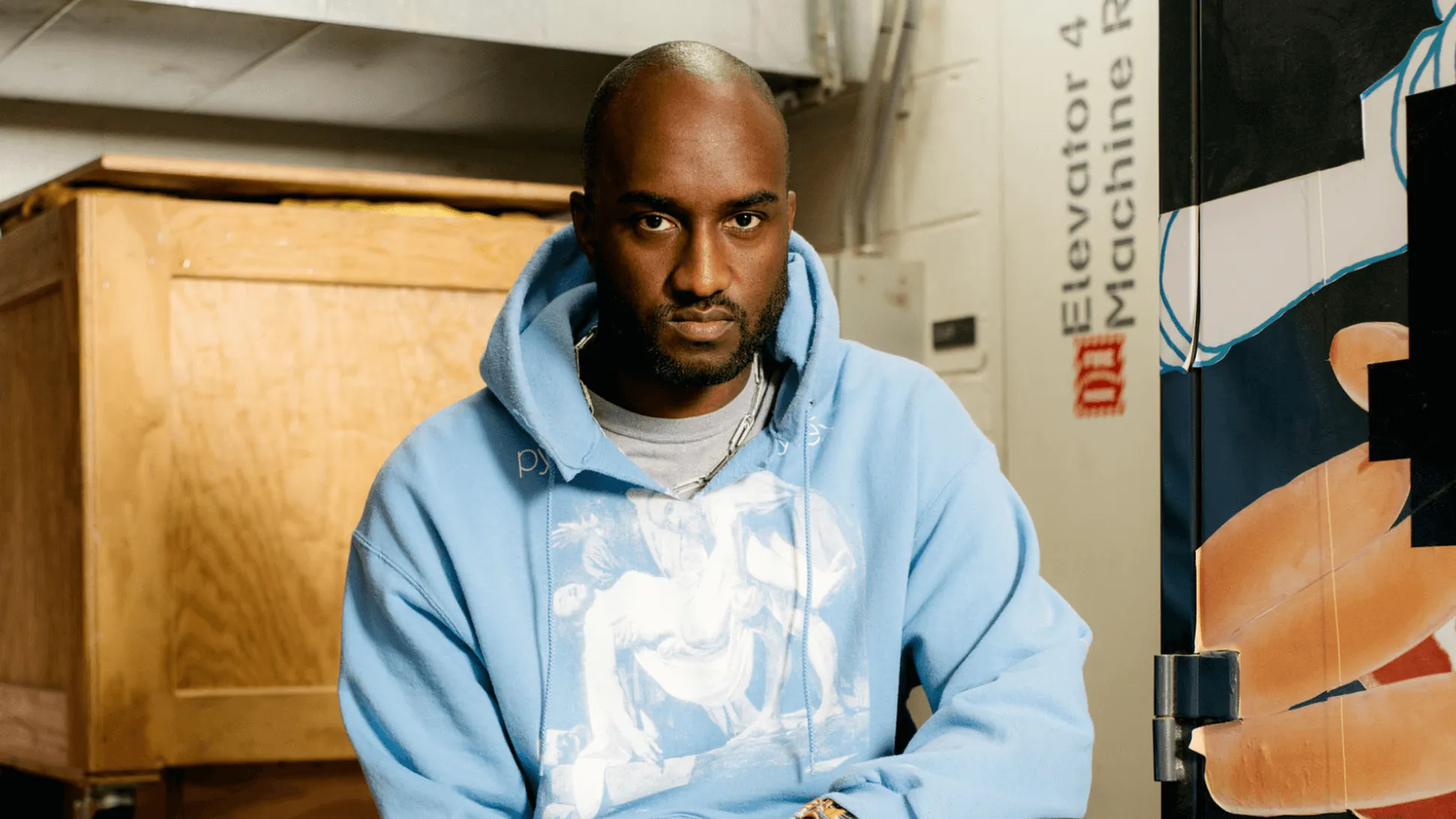
His work blurred boundaries everywhere. He merged streetwear with luxury, while walking the line between irony and sincerity. He mixed digital culture with high fashion. His signature elements, quotation marks, zip ties, and diagonal stripes, became instantly recognizable.
And Abloh didn’t just make clothes. He built culture, collaborating with dozens of creative partners, and brands like IKEA and Nike. He made product drops feel like events. He also pushed hard for diversity and inclusion in an industry that had long fallen short.
His influence on e-commerce is massive. Virgil redefined where fashion is discovered, on Instagram, in memes, through unconventional marketing. He showed that brands connect best when they’re transparent, playful, and rooted in real-world values.
His legacy encourages retailers to think beyond the product. Focus on community. Stay culturally relevant. Embrace real-time interaction. That’s what today’s fashion consumers expect.
Why These Icons Still Matter Today
These fashion style icons set trends and created systems. Their work shaped how fashion is made, influenced how it’s marketed, and changed how it’s consumed. Their legacies continue to impact not just the runway but also algorithms, recommendation engines, and curated digital storefronts.
Chanel gave us clean lines. Balenciaga taught us drama through form. Dior showed us the power of the complete look. Saint Laurent made rebellion wearable. Lagerfeld mastered brand storytelling. Abloh connected fashion with culture.
For e-commerce managers, their stories are full of lessons. Lessons in innovation, audience connection, and staying ahead of the curve. These icons remind us that great fashion isn’t only about the clothes but also the experience.
And in a digital world, experience is everything.
If you’re looking for more inspiration for your online fashion store, check out our recommendations of the best podcasts for fashion e-commerce professionals.
